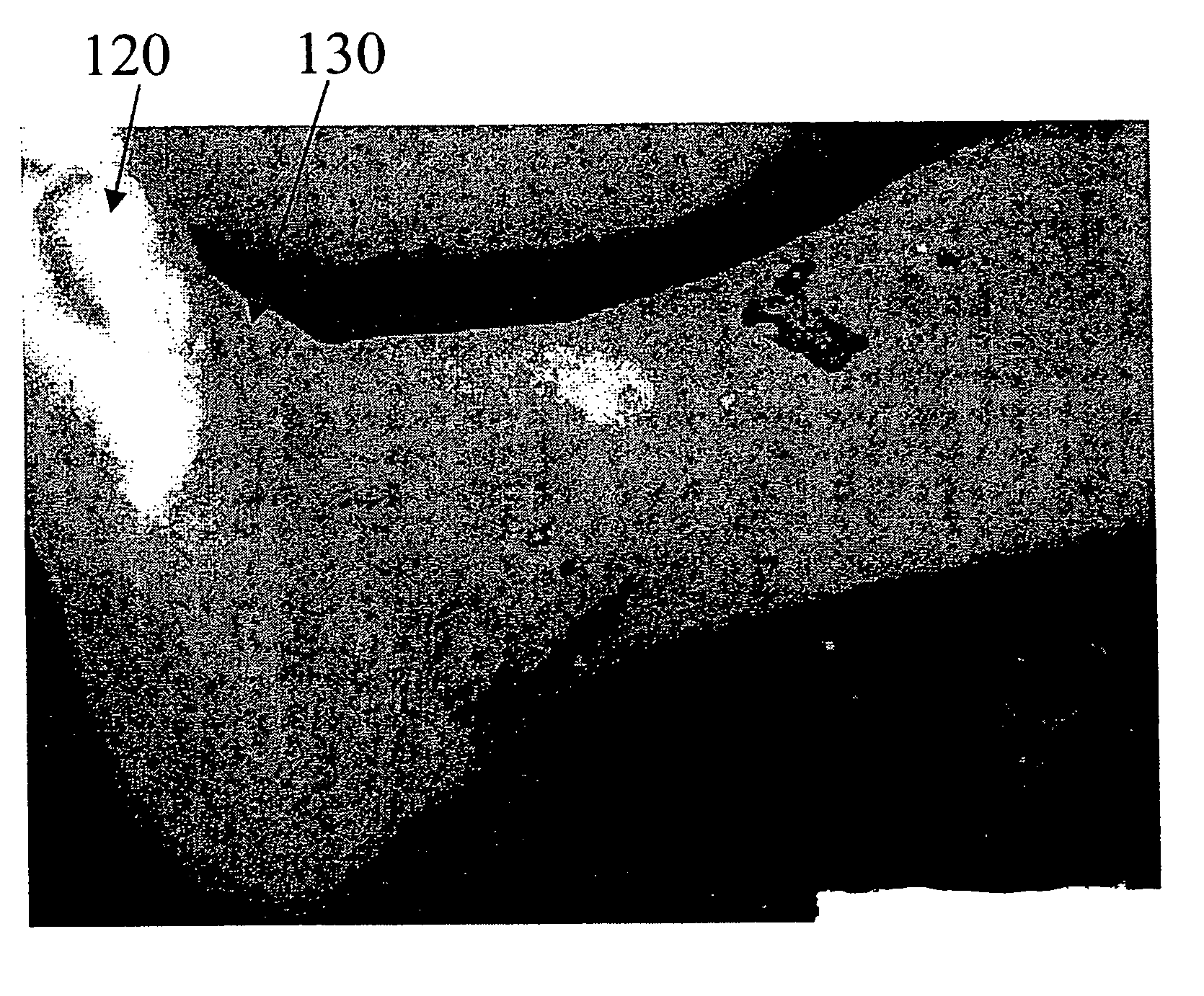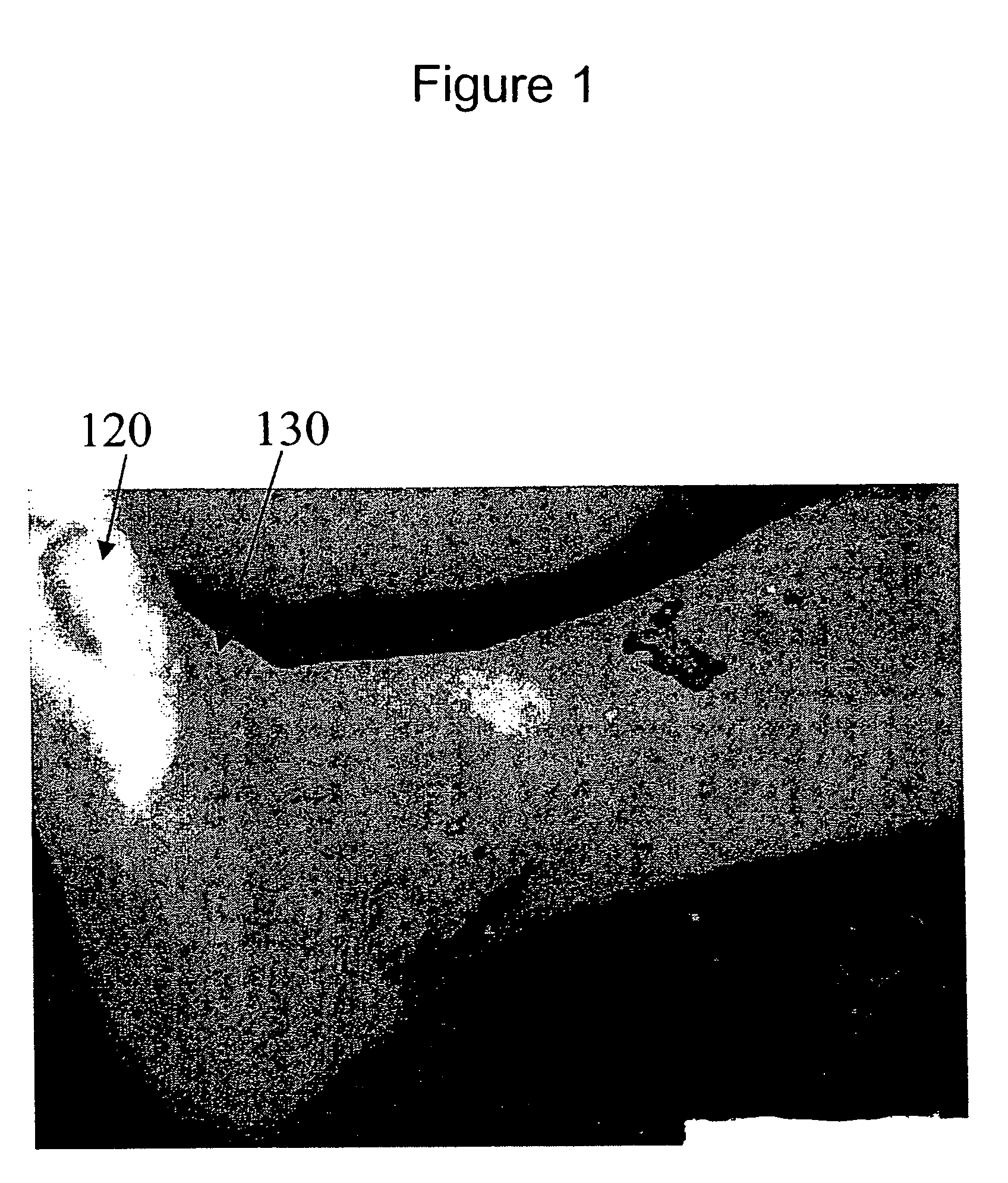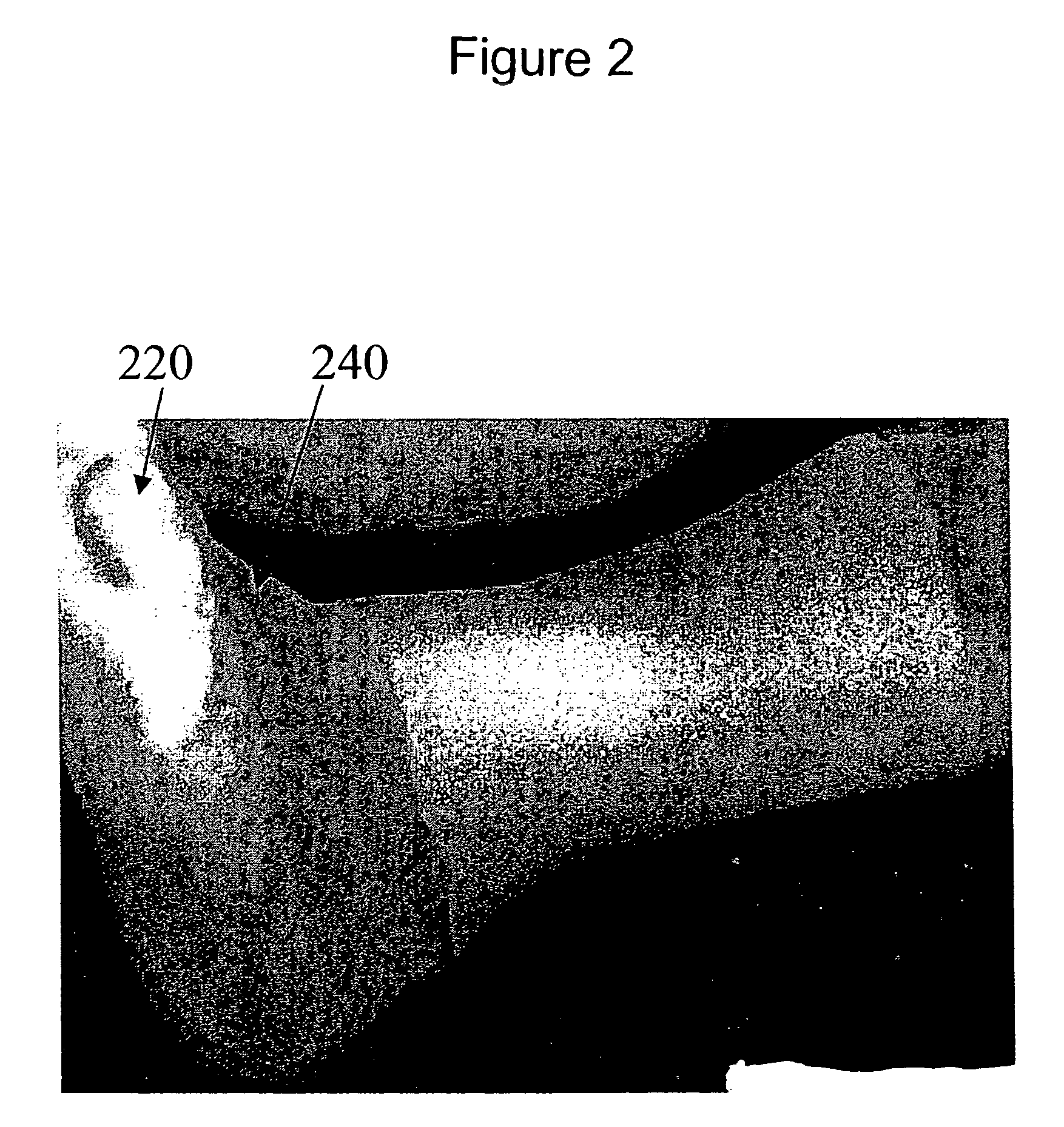Hyperspectral imaging calibration device
a calibration device and hyperspectral imaging technology, applied in the direction of optical radiation measurement, instruments, spectrometry/spectrophotometry/monochromators, etc., can solve the problems of few techniques that can demarcate, raw spectral or imaging measurement seldom reveals directly the property of clinical interest, and the volume of information contained in spectroscopic images can make standard data processing techniques cumbersome, etc., to achieve the effect of higher quality
- Summary
- Abstract
- Description
- Claims
- Application Information
AI Technical Summary
Benefits of technology
Problems solved by technology
Method used
Image
Examples
Embodiment Construction
[0003]Spectroscopy, whether visible, near infrared, infrared or Raman, is an enormously powerful tool for the analysis of biomedical samples (e.g. U.S. Pat. Nos. 6,081,612; 5,784,162). The medical community, however, definitely prefers imaging methods, as exemplified by methods such as MRI and CT scanning as well as standard X-ray photography and ultrasound imaging. This is entirely understandable, as many factors need to be taken into account for a physician to make a clinical diagnosis; imaging methods potentially can provide far more information to a physician than their non-imaging counterparts. With this medical reality in mind, there has been considerable effort put into combining the power and versatility of imaging method with the specificity of spectroscopic methods.
[0004]Near-infrared (near-IR) spectroscopy and spectroscopic imaging can measure the balance between oxygen delivery and tissue oxygen utilization by monitoring the hemoglobin oxygen saturation in tissues. For i...
PUM
 Login to View More
Login to View More Abstract
Description
Claims
Application Information
 Login to View More
Login to View More - R&D
- Intellectual Property
- Life Sciences
- Materials
- Tech Scout
- Unparalleled Data Quality
- Higher Quality Content
- 60% Fewer Hallucinations
Browse by: Latest US Patents, China's latest patents, Technical Efficacy Thesaurus, Application Domain, Technology Topic, Popular Technical Reports.
© 2025 PatSnap. All rights reserved.Legal|Privacy policy|Modern Slavery Act Transparency Statement|Sitemap|About US| Contact US: help@patsnap.com



